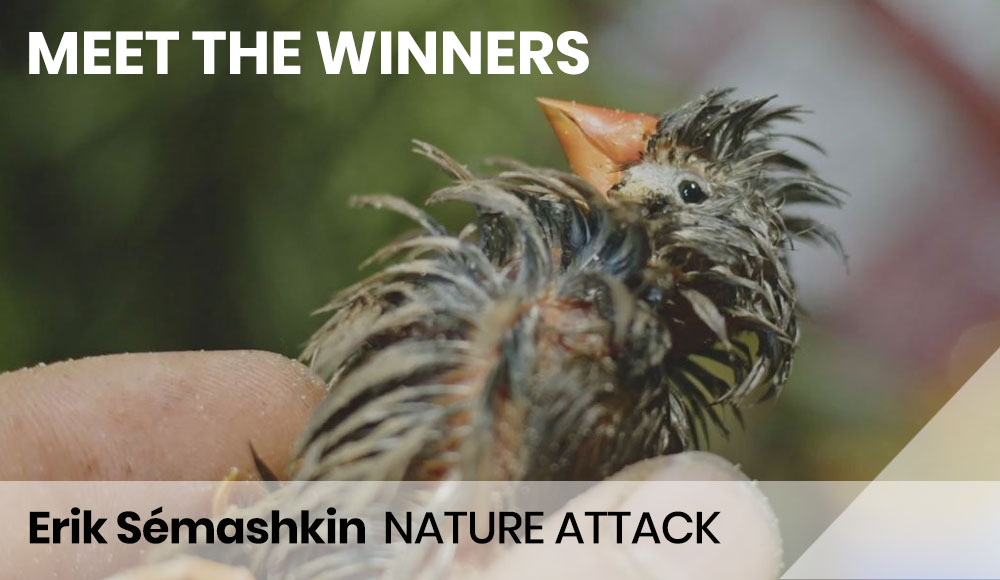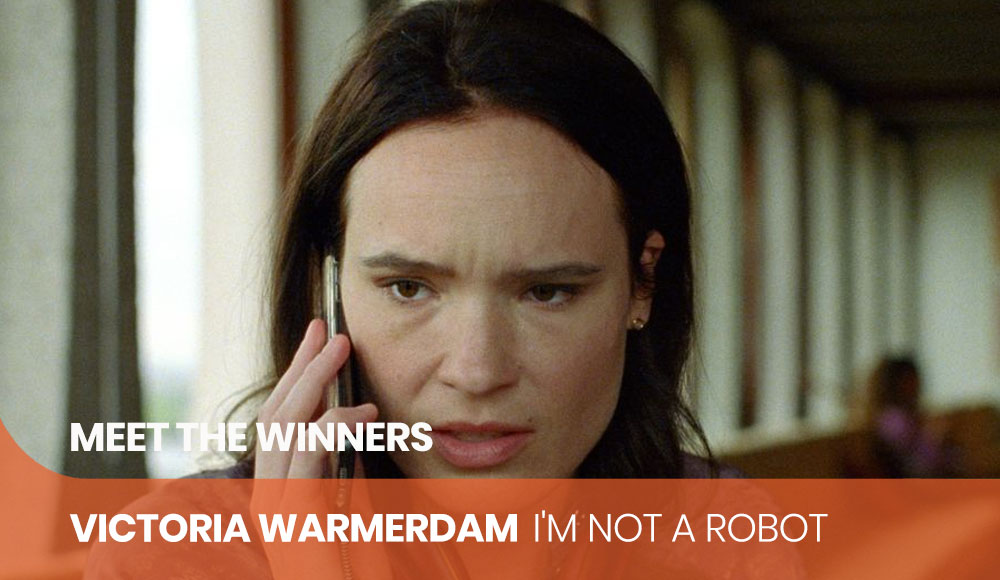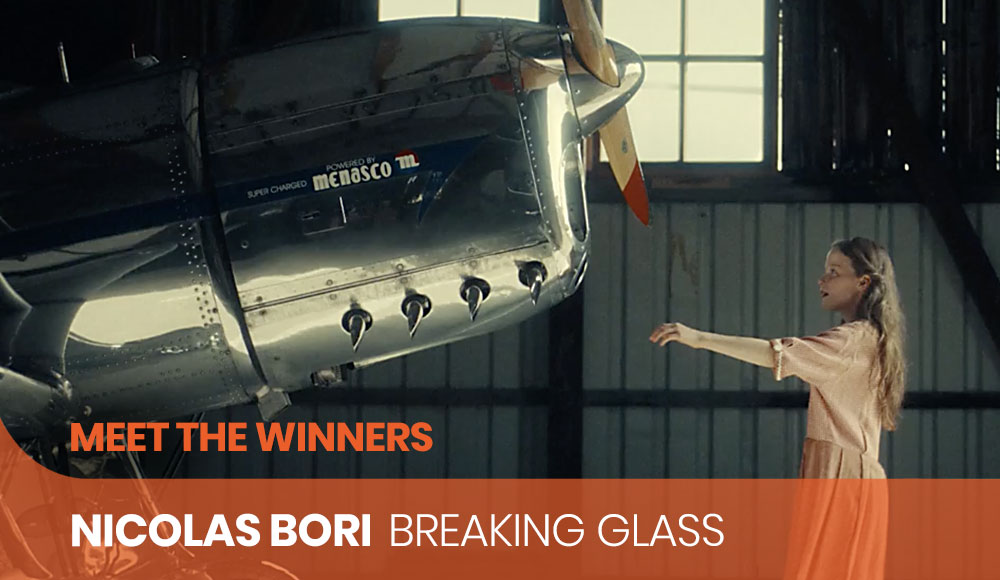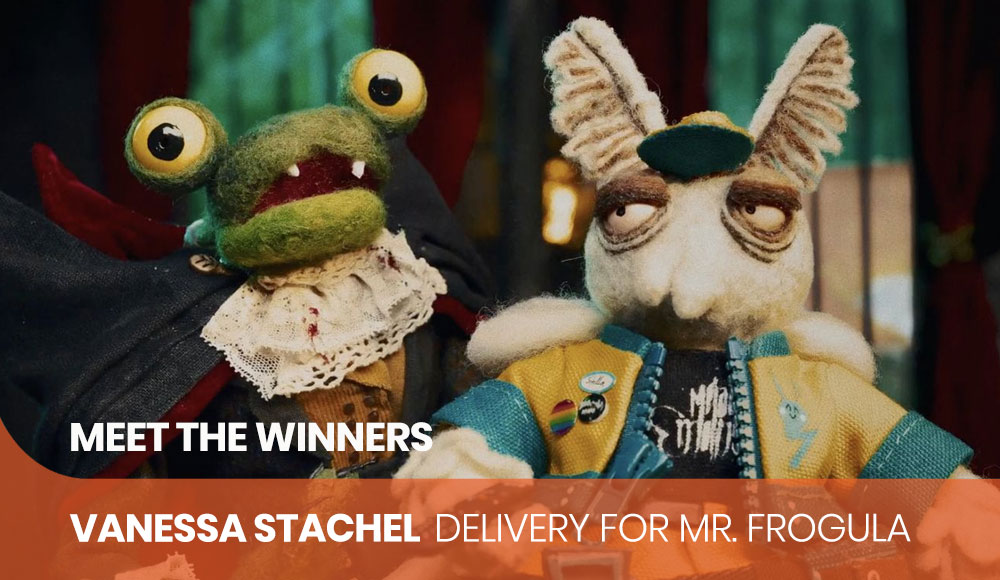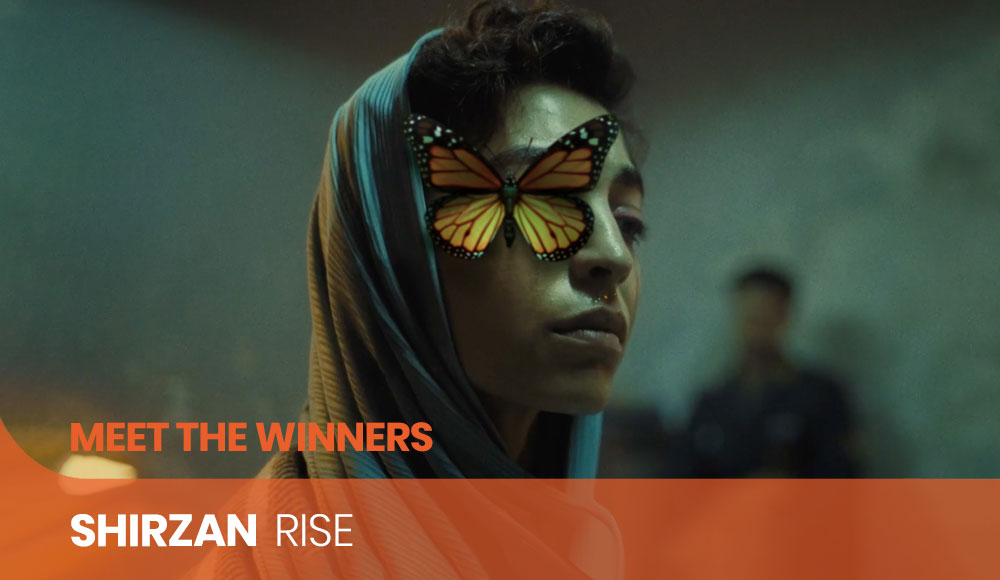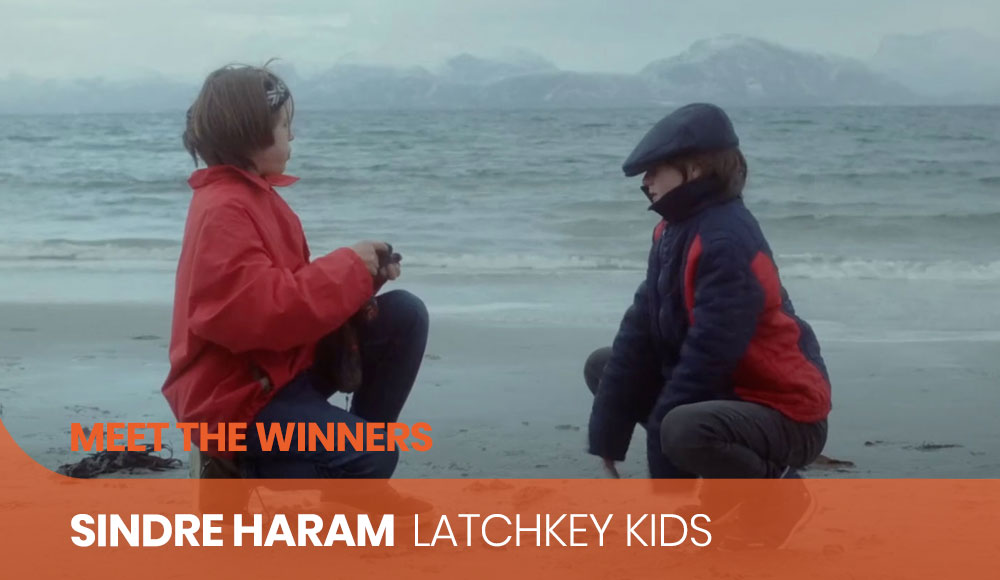In the first of our series of interviews with this year’s winners, Ukrainian national Erik Sémashkin, who picked up Gold in the Changing the World Frame by Frame category, talks to shots’ Izzy Ashton about how his winning short parallels the war in his home country, and why filming with animals is relaxing.
How, and why, did you get into directing, and did you always want to direct?
Even when I was still in Ukraine, my native country, my mother was a decorator. I was inspired by manual work where you could create a staging, an atmosphere, with a few bits of string. I then started to create scenes with objects and it was just when I arrived in France that I started filming these scenes, using stop-motion in particular.
Gradually I tried to deepen my work through photography, fiction, humorous sketches, until high school, where I made my first real short film. It was then that I understood that I wanted to be a director.
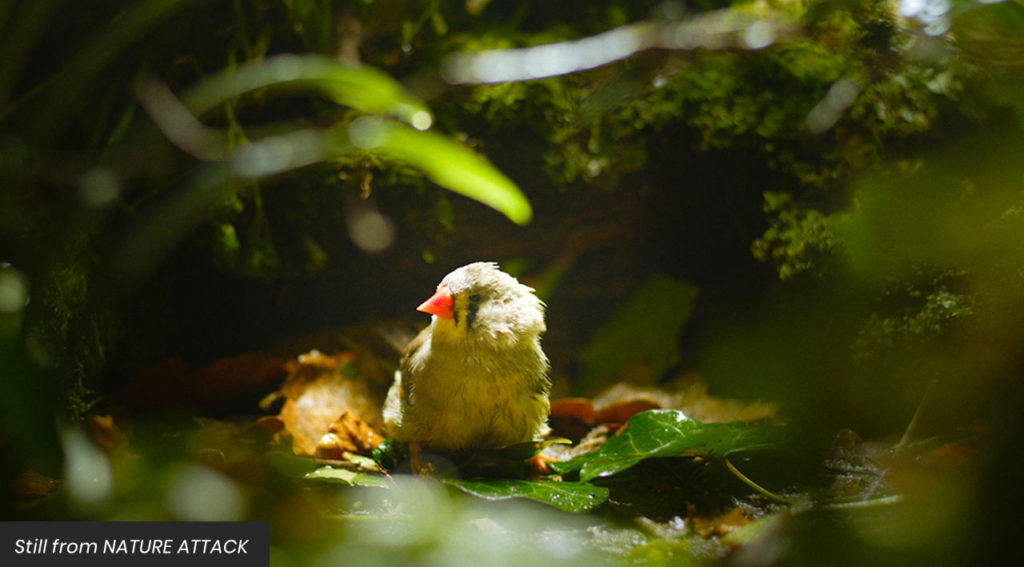
Is there one particular director or body of work you are continually inspired by?
Generally, the key films that guide me during my creative process are heavy historical frescoes meticulously staged, such as Underground by Kusturica, Les Miserables by Robert Hossein or, the best known, Once Upon a Time in America by Sergio Leone.
What was the idea and inspiration behind NATURE ATTACK?
This animated/fictional short film is part of a series of small films that I make alone, and without any budget, with two goals. One, to make the spectators feel new emotions and, two, to convey messages that affect me.
I like cinema, whether it is more ‘literary’, like Tarkovsky and Varda, or more ‘active’, like a good American blockbuster. In the latter, what fascinates me is the adrenaline provoked in the spectator, not thanks to the scenario, which fits on a metro ticket, but thanks to the visuals and the creativity of the staging. It is this principle that interests me for the creation of NATURE ATTACK and my other films.

Why was it important to you to film from the different animals’ perspectives?
To give people something to see, something to discover, and allow them to dive into a new world for a few minutes. In order to create this world I wanted to film in real-image and give a feeling of realism by taking real insects, animals and greenery, so that it feels like you can visually touch the forest where the bird is. But, facing this realism, I wanted to have a complete staging of the sets in Paris, in order to control the composition, light and acting and, also, sometimes to be able to have the freedom to build exaggerated stagings, to show something completely unrealistic.
What is the fundamental message you hope viewers take away from this film?
Each time I want to question the place of man in relation to animals, nature and how man’s impact, often its consumption, will change the history of nature. In this film, through three main characters, the Bird, the Cricket and the Human, I wanted the story to be told in the manner of a fable with a moral. How a simple dustbin deposited by Man will disrupt the whole synchronisation of nature.
But this theme of ecology remains secondary for me because, being Ukrainian, and still having relatives in the country, I have felt, for more than a year, not just a feeling of despair at Man, but also of frustration at being a student in Paris under hot showers, instead of being at the front. With this feeling in my head, I started to make this series of short films, including NATURE ATTACK, which is very much inspired by the war in Ukraine.
It is not directly a complete metaphor but, from the beginning, the characters of the short film were imaged and written as a parallel of this war. The Crickets represent Ukraine (and also the countries of the former Soviet bloc), the Bird represents Russia and the Man (and his consumption) represents NATO. It’s a metaphor that I multiply in most of my stories, and that I will continue to do as long as there is conflict in my country of origin.

Working with animals is often a more unpredictable experience than working with humans; how did you go about shooting the footage?
Honestly, filming with animals is the most relaxing and interesting for me because it’s a kind of autotherapy where I can connect to nature from my studio in the French capital. But, also, as the number of shots is limited, I work much more on the set preparation.
Little anecdote: as I shot with crickets in small sets at home, I couldn’t keep them from leaving the set and hiding under my floor. So, two weeks after shooting, when all the equipment was tidied up and my girlfriend had come to visit me, the crickets started to sing in the middle of the night under the parquet floor. It took me two months to completely get them out of my apartment.
What do you feel you’ve learned from making NATURE ATTACK and is this a subject you would like to explore in future projects?
I intend to finish this series of short films about animals with a film about a fish in an ocean, which mainly intends to denounce the consumer society.
What does winning a YDA award like this mean for you?
The bird will be very happy. Me too.
What are you working on at the moment?
I will finish the film with a fish, and I will attack the production of a documentary about the Serbian slums in Belgrade, and then a very short fiction film on a Ukrainian refugee in France.
Interview by Izzy Ashton shots

